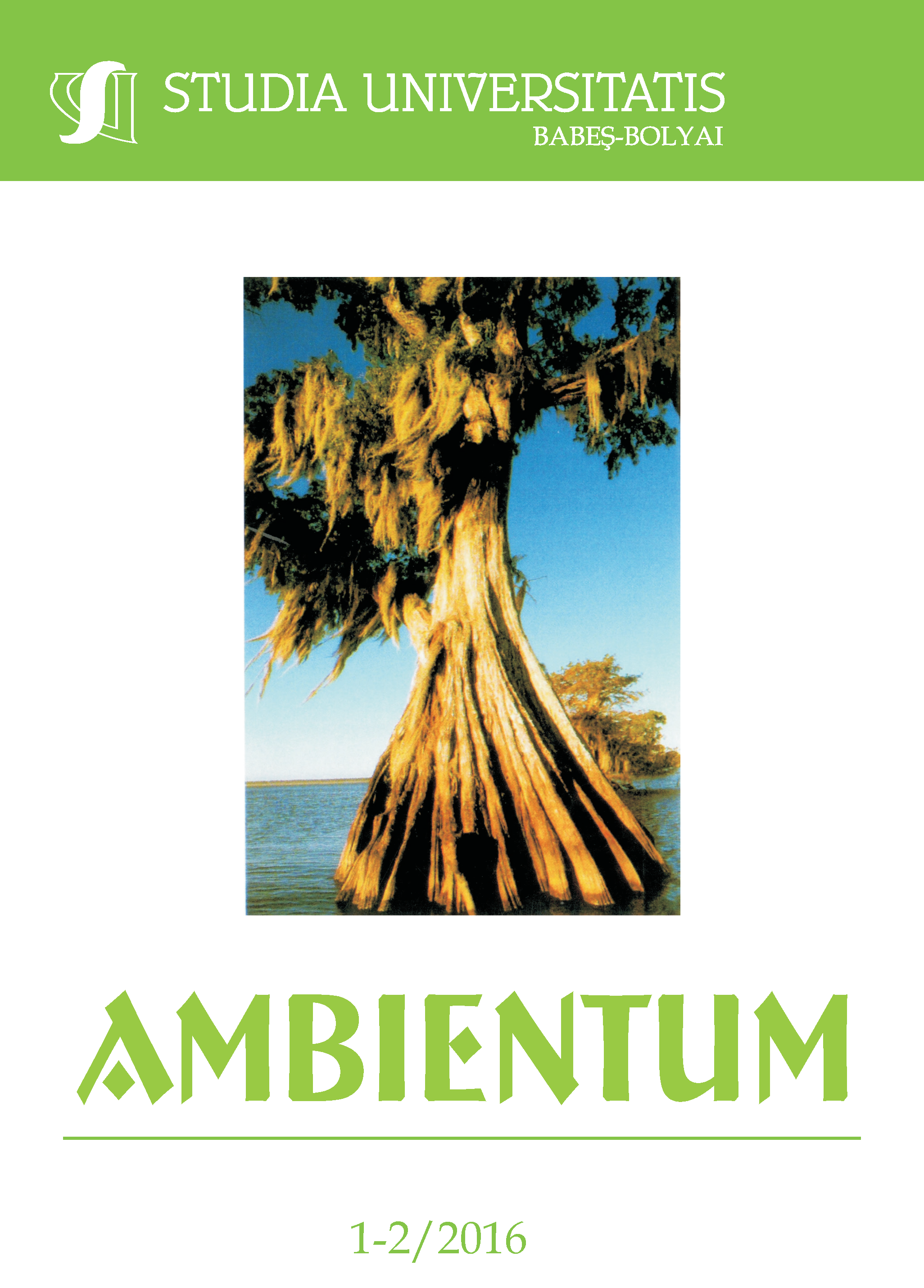METHODS OF RECOVERY OF CRT GLASS WASTE FROM WEEE
Keywords:
CRT, WEEE, composite material, leadAbstract
This paper represents an ample study on hazardous waste came from WEEE, namely CRT glass. The aim of this study was to obtain a composite structural material which would integrate CRT (cone) glass. The hereby study is structured and presented into three main parts: literature data, the experimental part and results interpretation and general conclusions. Chemical analyzes were made with Atomic Absorption Spectrometry method and the lead (Pb) leachability of the new material made was monitored. Also mechanical strength test were made using a Tehnotest device. Mechanical tests were conducted for resistance to compression and flexure of the material. For the new material were obtained good results and it can be viable both from metal leachability and mechanical resistance point of view. The obtained data and results show the possibility to incorporate hazardous waste into new composite materials and represent a foundation for further research and new directions to follow are opened for profound investigation in this area.
References
Bedekovic G, 2015, The use of air separation in recycling CRT TV sets. Waste Management, 38, pp. 366-371.
Deepak P., Pooja S., 2013, Chemical modification of waste glass from cathode ray tubes (CRTs) as low cost adsorbent. Journal of Environmental Chemical Engineering, 1, pp. 226-232.
Dulamă A., 2014, Studies and research on environmental protection by making composite materials encompassing CRT glass waste (PhD thesis, UTCN Cluj-Napoca).
Gaidajs G., Angelakoglou K., Aktsoglu D., 2010, Environmental Problems and Current Mamangement. Journal of Engineering Science and Technology Review 3 (1), pp. 193-199.
Innocenzi V., De Michelis I. ,Ferella F., Beolchini Fr., Kopacek B., Vegliò F., 2013, Recovery of yttrium from fluorescent powder of cathode ray tube, CRT:Zn removal by sulphide precipitation. Waste Management, 33, pp. 2364-2371.
Mueller J., Boehm M., Drummond C., 2012, Direction of CRT waste glass processing: Electronics recycling industry communication. Waste Management, 32, pp.1 560-1565.
Popovici A., Popița G.E., Roba C., Rusu T., Tofană V., Roșu C., 2013, A proposal for cathode ray tubes waste ray tubes waste recycling. Journal of Environmental Protection and Ecology (JEPE), 14 (4), pp. 1703-1711.
Schumacher K., Schumacher T., Agbemabiese L., 2014, Quantification and probabilistic modeling of CRT obsolescence for the State of Delaware. Waste Management, 34, pp. 2321-2326.
Song Q., Wang Z., Li J., Zeng X., 2012, Life cycle assessment of TV sets in China. Waste Management, 32, pp. 1926-1936.
SR EN 1015-11:2002, Methods of test for masonry mortar
SR EN 998-1:2011, Specification for mortar for masonry. Part 1, Plastering and plastering mortars.
Tung-Chai L., Chi-Sun P., 2012, A comparative study on the feasible use of recycled beverage and CRT funnel. Journal of Cleaner Production, 29-30 pp. 46-52.
Tung-Chai L., Chi-Sun P., 2014, Use of recycled CRT funnel glass as fine aggregate in dry-mixed concrete paving blocks. Journal of Cleaner Production, 68, pp. 209 – 215.
***http://www.dep.state.fl.us/waste/categories/electronics/pages/lead.htm, accessed on November 22.2015.
Downloads
Published
How to Cite
Issue
Section
License
Copyright (c) 2016 Studia Universitatis Babeș-Bolyai Ambientum

This work is licensed under a Creative Commons Attribution-NonCommercial-NoDerivatives 4.0 International License.





 ISSN (online): 2065-9490 | ISSN (print): 1843-3855 | ISSN-L: 2065-9490
ISSN (online): 2065-9490 | ISSN (print): 1843-3855 | ISSN-L: 2065-9490